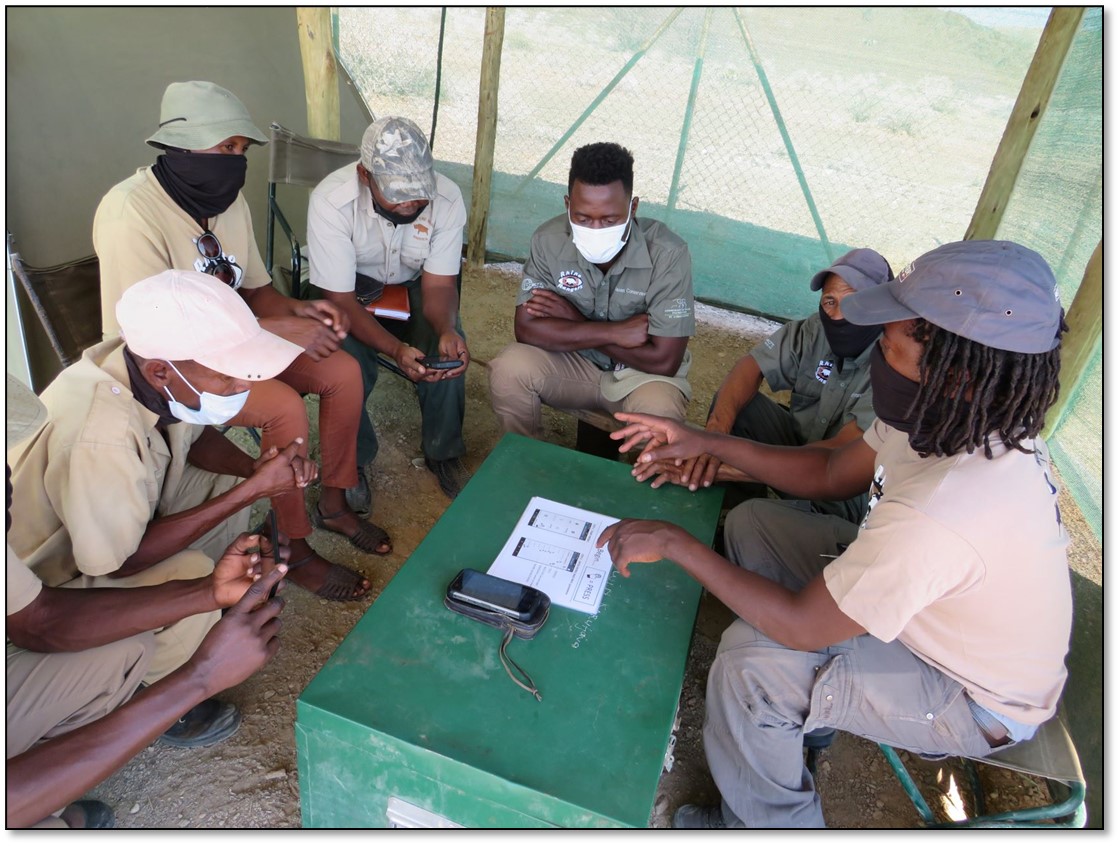Prior Assessments to Identify Capacity Gaps
SAPA Assessment - Public Participation with Local Community
WWF-Kenya
SAPA Assessment - Public Participation with Local Institutions
WWF-Kenya
While the WIO-COMPAS programme aims at improving the individual capacity of MPA professionals, it also has a compounding effect on the management effectiveness of an MPA. Therefore, a prior assessment on the different aspects of MPA management effectiveness is necessary for monitoring, evaluation, learning and adaptive management purposes.
It is thus recommended that the MPA implementing this process commences with at least one of the following assessments
Combined, these highlight gaps in the different aspects of an MPA, including management, governance, ecological health, and social wellbeing. These gaps can be used to tailor the WIO-COMPAS training programme towards addressing the gaps identified.
Institutional Recognition and Support: The institution managing the MPA must see the necessity of assessing the management status of MPAs. This will ensure appropriate funding allocation in the long term to facilitate the continual capacity growth of the MPA.
Capacity to Conduct the Assessments: Internal capacity is desired to reduce costs. However, external expertise may be sourced where necessary where capacity is lacking. This may include working with partner institutions on a pro bono basis or using a consultant to conduct the entire assessment.
Prior planning: It is necessary to consider the entire process beforehand. This includes identifying the expertise/personnel needed, the duration for the exercise, and any costs associated with it. Additionally, it is important to allocate specific tasks to the individual assessment team members to ensure the objectives of the exercise are fully met in good time.
Public participation: Engaging the MPA staff alone in the assessments leads to positively skewed results. Consequently, it is necessary to acquire views from other stakeholders as well to get a more holistic picture of the management gaps that the MPA is facing. It will therefore be necessary to map out stakeholders, including their influence and interests in the MPA, before the assessments.
